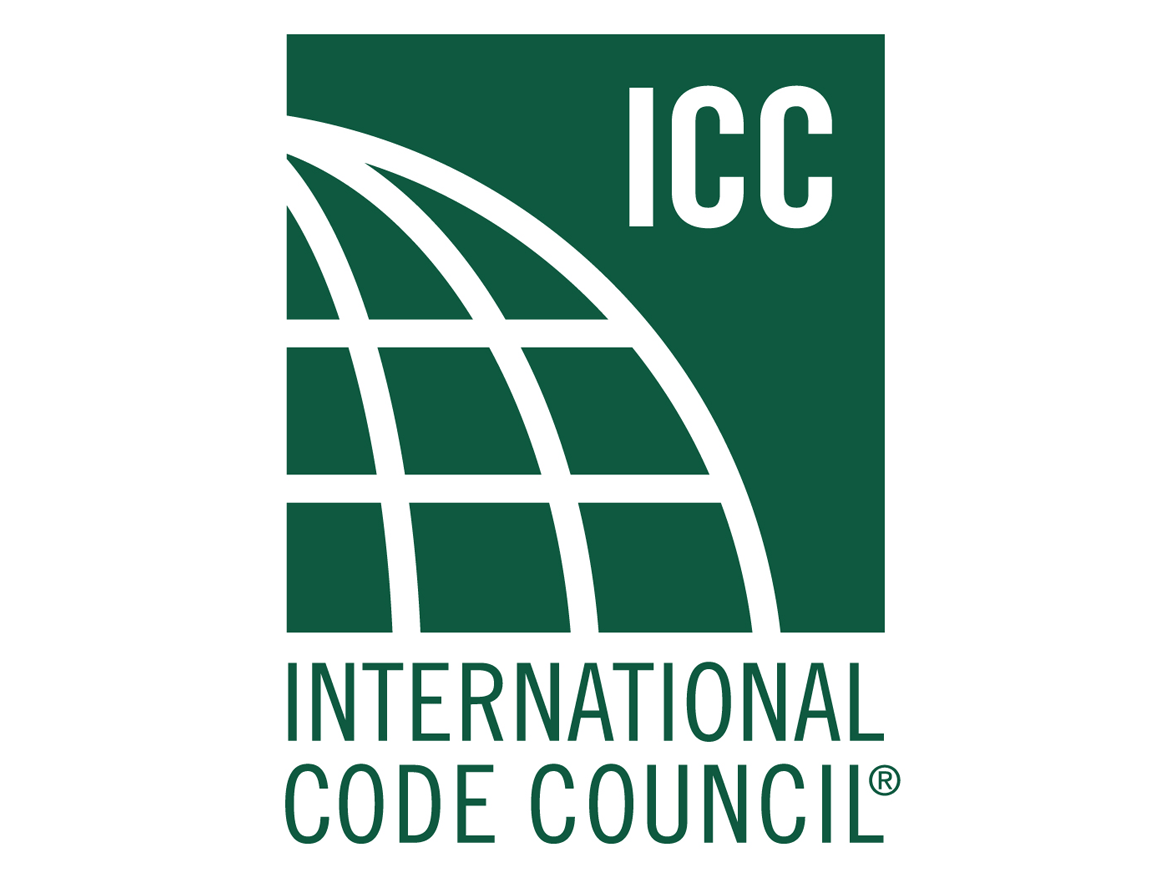Addressing Condensation in Low-Slope Roof Assemblies
Discover how permeable vapor retarders block moisture-laden air, preserving thermal efficiency and assembly components.
Sponsored by VaproShield | Presented by Scott D. Wood
Webinar On-Demand
In modern roofing systems, vapor retarders and air barriers do more than just minimize air leakage—they’re essential to maximizing performance and longevity. This engaging course dives into the next generation of moisture control: permeable vapor retarders and air barriers. Discover how these cutting-edge technologies are transforming low-slope roofing assemblies by improving energy efficiency, managing moisture, and boosting wind uplift resistance.

Photo courtesy of VaproShield
 |
Scott D. Wood is a Senior Building Scientist at VaproShield, and is responsible for product QA/QC on manufactured materials and investigation/testing of properties for new product development. He provides technical support for the company’s representatives, client inquiries, and assists in development--updating product literature and creating VaproShield’s AIA presentations. Scott’s extensive background has supported the excellent presentations he has provided domestically and internationally. |
VaproShield’s innovative wall and roof air barrier membranes mitigate moisture damage and control air infiltration leading to enhanced indoor air quality for occupants, increasing building longevity and improving long term energy performance.
Originally published in Building Enclosure
Originally published in May 2025
LEARNING OBJECTIVES
- Explore the function of vapor retarders, permeable vapor retarders, and the main component layers in low-slope roof assemblies.
- Examine vapor drive and how moisture vapor moves through roofing systems.
- Assess the impact of permeable vapor retarders and air barriers on condensation buildup, thermal performance, and wind uplift resistance.
- Identify common misconceptions about air and moisture control layers and how to mitigate moisture-related roof assembly failures effectively.











